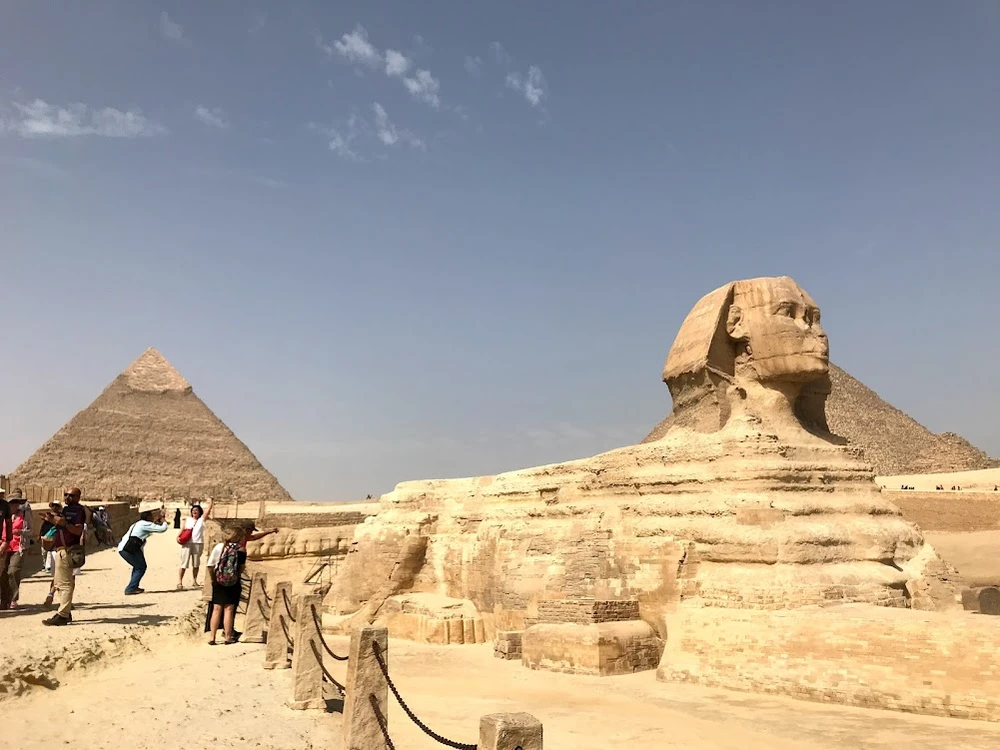
The Riddle of the Sphinx
In ancient Greece, the Sphinx was a monster shaped like a woman’s head, a lion’s body with bird wings, and would kill anyone who couldn’t answer its riddles.
However, according to Egyptian beliefs, the Sphinx is a benevolent creature who protected the Pharaohs and the country of Egypt.
Unlike the Greek monster, the Great Sphinx has a human head and no wings. Other representations of the Sphinx appeared in different eras of ancient Egypt, while the lion’s body remained the same, the head changed to that of a ram, jackal, falcon and crocodile.
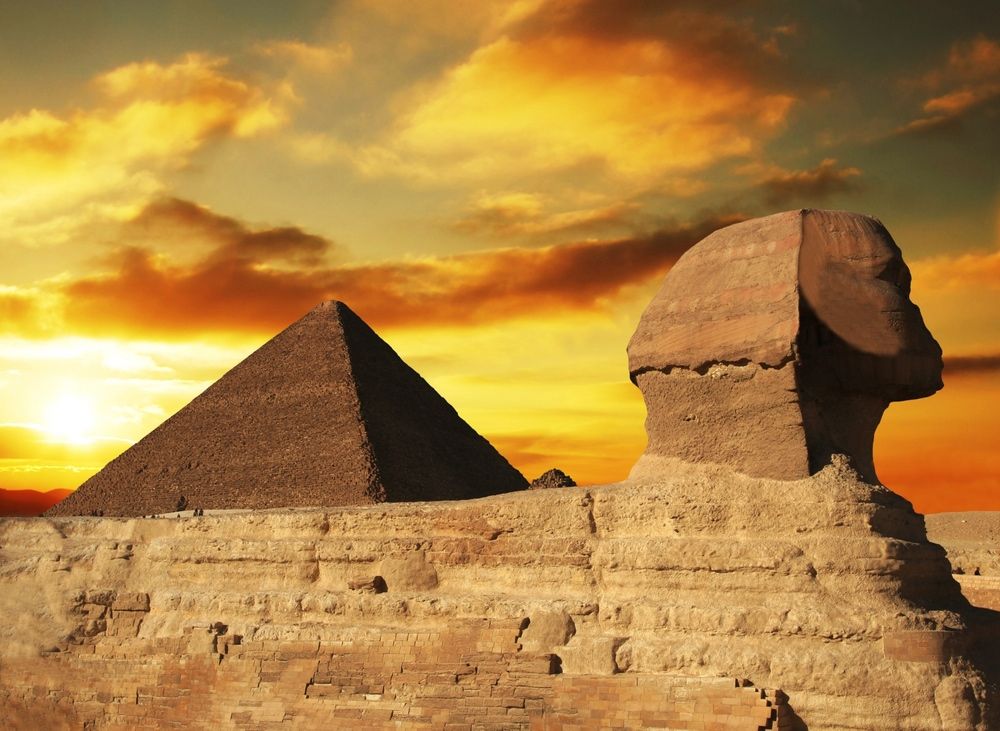
Who built the Sphinx?
Two of the biggest mysteries surrounding the Sphinx of Giza are when it was built and by whom.
Scholars agree that the Sphinx was built about 4,500 years ago, during the time of the Ancient Kingdom of Egypt when the great pyramids were built.
Archaeologists believe that the Great Sphinx was built during the time of the Ancient Egyptian Kingdom (c. 2575-2150 BC) by the Fourth Dynasty Pharaoh Khafre.
The Sphinx and these giant tombs are definitely connected as the giant guardian appears to sit right between two Pyramids, each erected by a different Pharaoh.
Khufu, who ruled around 2,500 BC, built the Great Pyramid and his son Khafre built a slightly smaller mausoleum for himself.
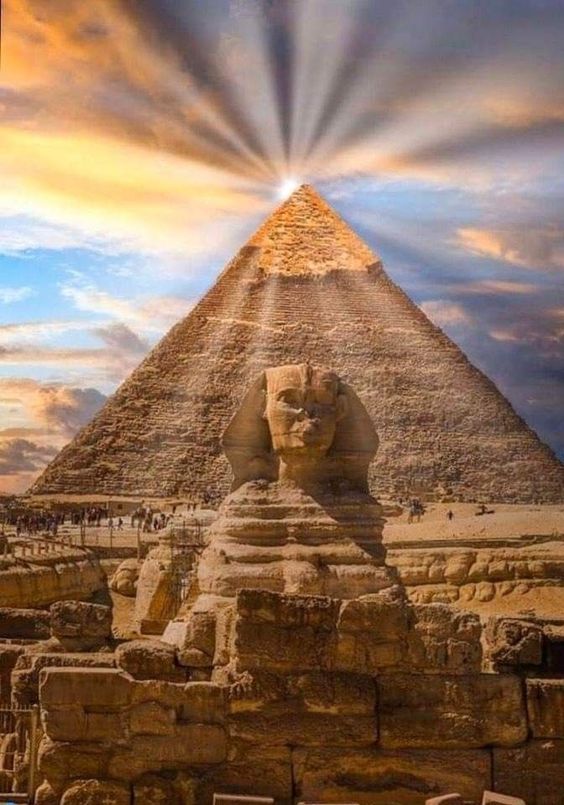
As great as the Pyramids were, little is known about these Pharaohs. Archaeologists have tried to solve the mystery of who built the Sphinx.
To date, there is no clear information about Khufu or Khafre’s contribution to the construction of the Sphinx.
The most popular theory, put forward by Egyptologists such as Mark Lehner and Zahi Hawass, is that Khafre built the Sphinx as part of massive projects, including his resting place and the complex. surrounding temples.
The Egyptian Antiquities Authority has just announced the discovery of a secret room inside the 4,500-year-old Khufu Pyramid – formerly known as the Pyramid of Cheops – or the Great Pyramid of Giza.

These scholars studied the various structures in the pharaoh’s necropolis complex and found the location of the Sphinx within the scheme of the Pyramids and Khafre’s temples to be most consistent, suggesting These projects have been carefully and logically planned.
Researchers believe that the Sphinx itself was carved from a giant block of limestone, likely exposed when workers were quarrying large boulders to build nearby temples.
In the Ancient Kingdom of Egypt, the Sphinx was worshiped and considered part of the sacred necropolis of Giza.
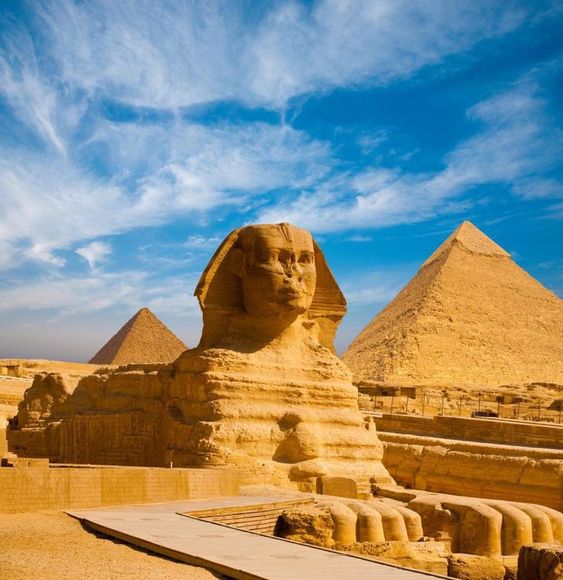
Reborn from sand
However, over time, the statue was forgotten because the desert sand buried the entire statue, leaving only the Sphinx’s head sticking out.
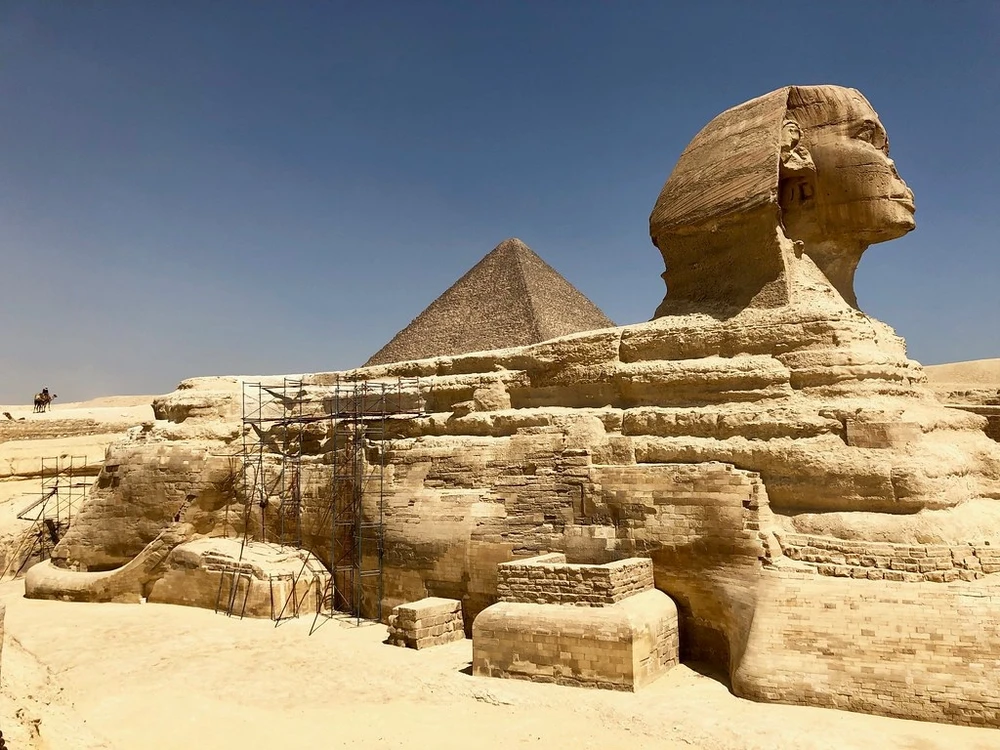
Ancient Egypt so inspired Napoleon’s followers that when they returned to France, they set about creating an extensive historical archive of Ancient Egypt with detailed drawings of all its what they witnessed in this country.
After that, excavations of the Sphinx began, but all the efforts of archaeologists were not very successful.
It was not until 1817 that Italian Egyptologist Giovanni Battista Caviglia began to make achievements, through which at the end of the 19th century, people could see the broad chest and massive feet of the Sphinx.
But in the end, the sand desert itself – the “culprit” that buried the Ginza Sphinx – “atoned” and brought the statue back. In the late 1930s, a sandstorm swept away all the sand and the Cinza Sphinx was completely exposed.
Its reappearance after hundreds of years buried under the sand made humanity surprised and amazed by its huge size: nearly 20m high from the ground to the top of its head and more than 72m long from its front legs. to the tail.
This is one of the tallest and oldest sculptures in the world with most of the Sphinx carved directly from a giant block of limestone.
The head of the Sphinx bears several symbols of the ancient Egyptian monarchy. The Sphinx wears the cloth headdress of the Egyptian Pharaohs and has a king cobra carved on its forehead.
Time has robbed the Sphinx of its noble nose and beard, but the remaining features are still clearly defined despite the erosion of time./.




